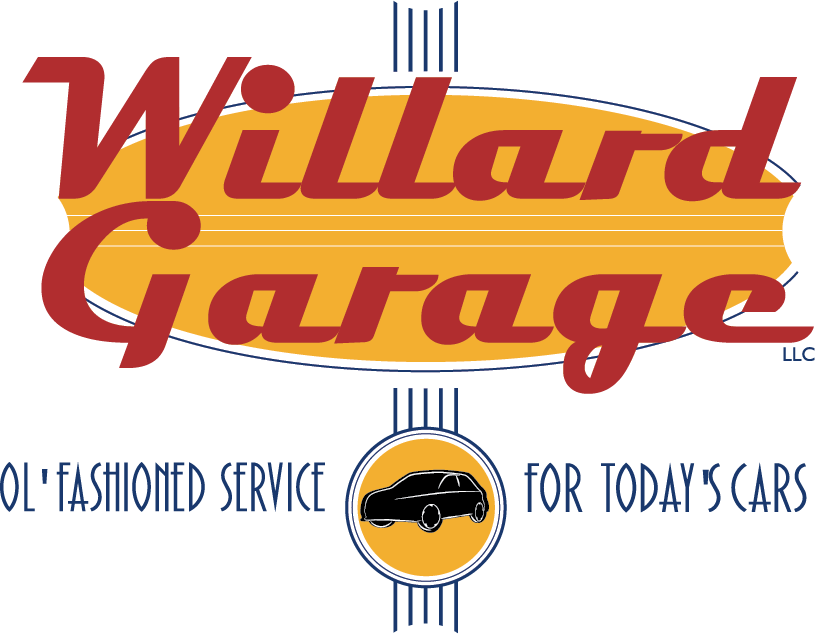Time to Replace Your Vehicle?
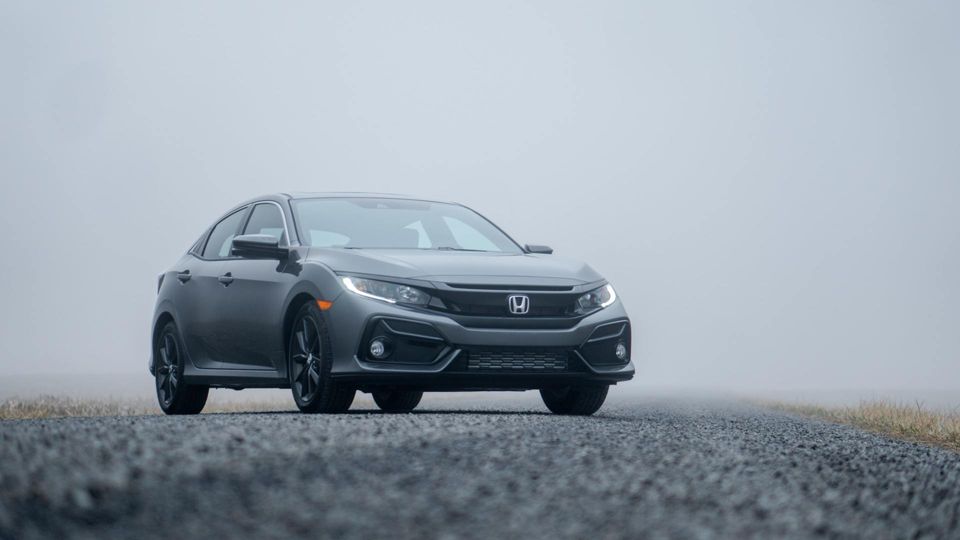
Buying vehicles can be an adventure regardless of our budgets because we all look for a good value, but it’s hard to know the vehicle’s condition. Defined below are the steps you can consider as you make your vehicle purchasing decision.
Start the vehicle inspection by checking the general condition of the car; inside, outside, underside, and fluid levels. Assess wear and tear, cleanliness, rust, and general condition. This can give you a good idea of the level of care and upkeep the car has received. Most cars showing obvious neglect have been neglected in all areas so we see this as a big red flag. Be careful to identify a previously abused car that has been nicely cleaned. Abuse can be cleaned, but a quality inspection will still find existing or potential problems.
The next step for your inspection should include a detailed test drive and then get under it (we can put it up on our lift) to measure brake and tire wear, fuel and brake lines, check suspension and steering components, battery, fluid conditions, and check for hidden collision damage. Assessment of scheduled maintenance items like timing belts and fluid services: transmission, power steering, brake fluid and coolant are important as well.
Regarding hidden collision or flood damage and vehicle history reports; these reports are good to obtain to ensure any bad history is accurately reflected in the price. But these types of damage history can be hidden from these reports so they cannot be a trusted substitute for a quality inspection. Also, sometimes a prior salvage vehicle is only slightly damaged and is sometimes the best bargain. It’s best to obtain both, a good report, and a good inspection.
The final inspection item is an estimate for the repair costs for the items needing maintenance and repair. This provides the potential buyer with estimates to use in negotiations for purchase or to budget for repairs after the purchase.
When shopping online or at a local car lot for your next used car, take control by making arrangements with the seller for a few hours for a good test drive and thorough inspection. Call Willard Garage to schedule your quality inspection which will provide you peace-of-mind.
Start the vehicle inspection by checking the general condition of the car; inside, outside, underside, and fluid levels. Assess wear and tear, cleanliness, rust, and general condition. This can give you a good idea of the level of care and upkeep the car has received. Most cars showing obvious neglect have been neglected in all areas so we see this as a big red flag. Be careful to identify a previously abused car that has been nicely cleaned. Abuse can be cleaned, but a quality inspection will still find existing or potential problems.
The next step for your inspection should include a detailed test drive and then get under it (we can put it up on our lift) to measure brake and tire wear, fuel and brake lines, check suspension and steering components, battery, fluid conditions, and check for hidden collision damage. Assessment of scheduled maintenance items like timing belts and fluid services: transmission, power steering, brake fluid and coolant are important as well.
Regarding hidden collision or flood damage and vehicle history reports; these reports are good to obtain to ensure any bad history is accurately reflected in the price. But these types of damage history can be hidden from these reports so they cannot be a trusted substitute for a quality inspection. Also, sometimes a prior salvage vehicle is only slightly damaged and is sometimes the best bargain. It’s best to obtain both, a good report, and a good inspection.
The final inspection item is an estimate for the repair costs for the items needing maintenance and repair. This provides the potential buyer with estimates to use in negotiations for purchase or to budget for repairs after the purchase.
When shopping online or at a local car lot for your next used car, take control by making arrangements with the seller for a few hours for a good test drive and thorough inspection. Call Willard Garage to schedule your quality inspection which will provide you peace-of-mind.
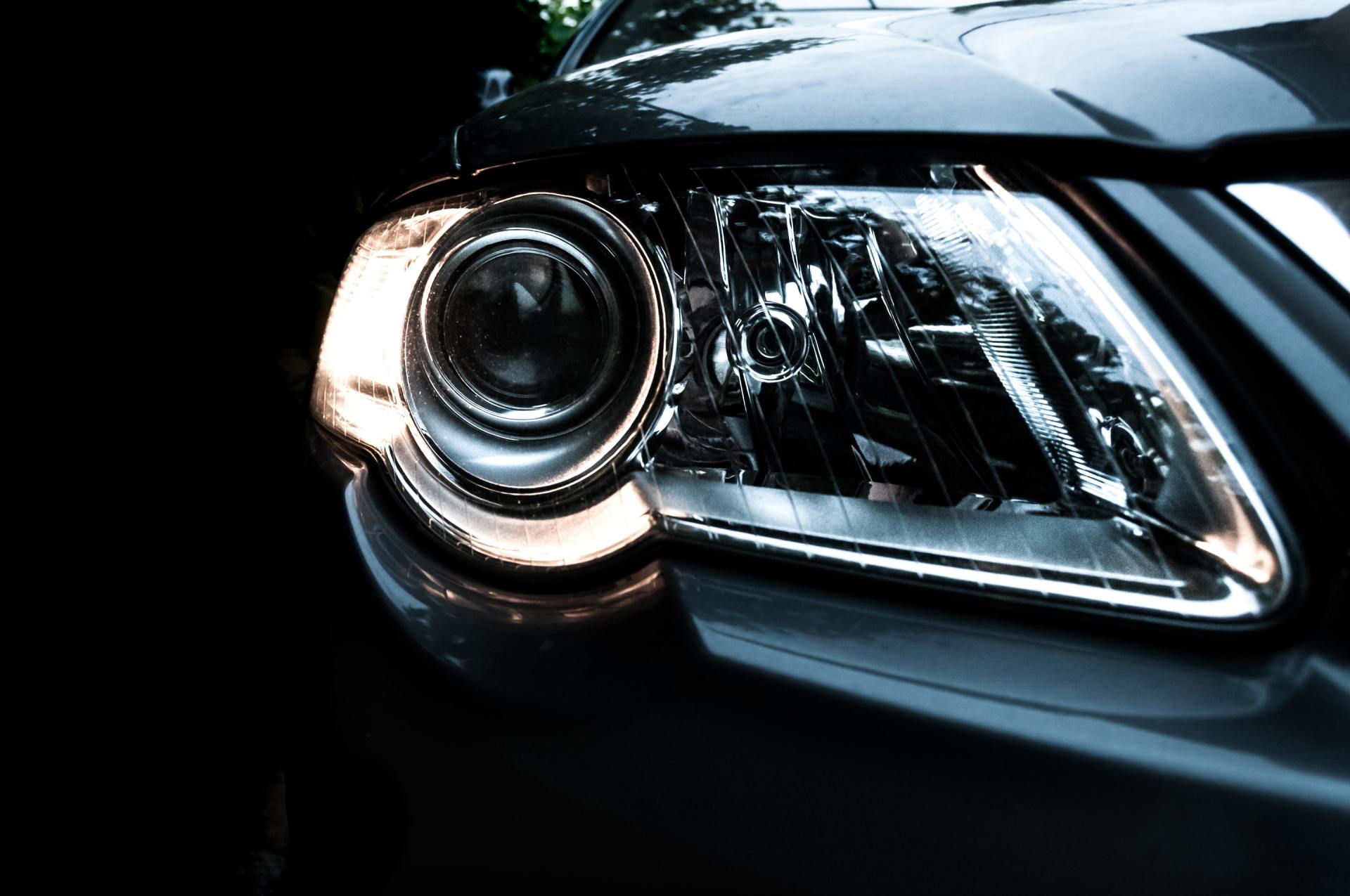
Here’s a simple safety tip that could sound a little crazy but hopefully help us stay safe. Have you been driving down the highway at night and you come up on a car with no tail lights? Then if you pass that car you find they have their headlights on. What’s happening? I’ve seen this myself 3 times in the last 2 months. It’s simple, the headlight switch is turned off, please turn it back on. Here’s the nitty-gritty details of what’s happened. There are three systems for lighting on newer cars: automatic headlights, daytime running lights, and screen displays for our gauges and audio climate controls. Here’s the chain of events: we all drive with headlights in AUTO (we’re not used to turning them ON when it’s dark), then someone turns the headlights OFF (service shop, child playing, borrow the car to mom or dad). You don’t notice there’s a problem because that’s the beauty of AUTO mode, we don’t need to check it or touch it. Here’s why you don’t realize it’s happening. It’s dark, you get in, start the car to go, you think lights are in AUTO but they’re OFF. Daytime running lights automatically turn on, lighting up the road in front of you, and all your gauges are screens that are always lit up (an older car’s gauges would have been dark and helped you realize something’s wrong). At this point, you’re driving down the highway, daytime running lights help you see the road in front of you. But the back of your car is completely dark. How can you know this has happened? The simplest way to stay safe is to be aware: if someone flashes their lights at you, this may be why, make sure your headlight switch is turned on. If you run your headlight switch in AUTO, just check it regularly, especially when anyone else has used the vehicle.

Have you ever wondered when your next service is due for one of your family’s vehicles?We have an outstanding free service to help you. CARFAX has been around for many years and is the leader in vehicle history reports, especially checking the history about a used car when looking to purchase. CARFAX also tracks normal routine service and repair information from participating auto repair shops. Participation has been growing for over 10 years and now includes many dealers, chain auto shops, and independent repair shops like Willard Garage as well. We’re participating in this program at Willard Garage and are excited that this tool is available to all our customers at no charge. The service is very user friendly and accessible by an account at CARFAX online or via the myCARFAX app on your favorite mobile device. Simply create an account then add your vehicle/s to view the information. They only receive the vehicle VIN and related repair history from us, No personal information is provided by us to CARFAX. You simply register an account and then provide your vehicle plate or VIN to access their services for your vehicles. All completely free. You will find an easy-to-navigate tool with many features that shows a summary for each participating shop visit. So even if you’re one of our many new customers at Willard Garage, your previous history from other participating shops will also be included seamlessly. CARFAX also includes important safety and recall alerts, vehicle specific full maintenance schedules, service and repair cost estimator, helpful reminders for service due, registration renewal alert, fuel economy tracker, current vehicle value, and a participating shop locator. We’ve always stressed the benefits of regular service and repair to protect your vehicle’s value and more importantly your safety, this tool brings a powerful package of data right to your fingertips to help busy families stay ahead of their vehicle service needs. Call us at Willard Garage if you have any questions. We know there’s nothing old fashioned about an app to track your vehicle history but at Willard Garage, “Old Fashioned Service for Today’s Cars” is all about taking care of you when you trust us to take care of your vehicles.
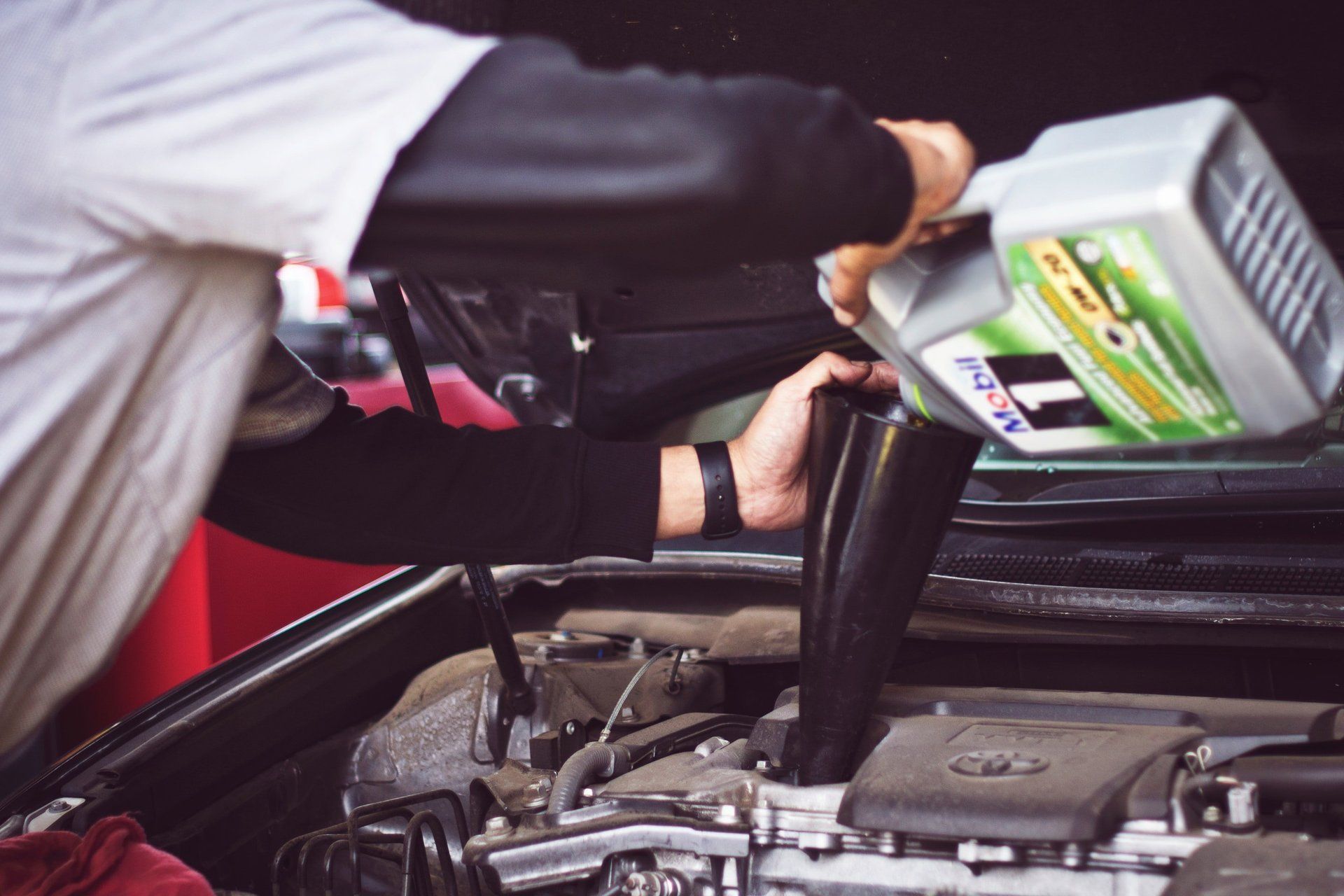
We want to share a critical engine health topic that can be confusing and yet so simple. The life-blood of our cars is oil and other fluids, just like the blood in our veins. This has always been true, but never truer than now. Many of today’s engines have timing chains with tensioners, variable valve timing, cylinder deactivation, and cam driven high pressure fuel pumps. These systems and others depend on a steady supply of quality oil. These systems are also the most common failure points when the oil supplied to them is compromised. Do you want to know the #1 thing that prevents major engine damage to these systems? It’s proper engine oil maintenance. Did you know the oil level in your engine may NEVER get checked for being low? Yes, the oil level is checked at the end of most oil changes, but to check for oil consumption it would have to be checked before the oil is drained. Here are some quick basic suggestions to avoid major engine heartache. Choose the proper engine oil change interval and you can’t trust all the manufacturer’s recommended intervals. Check your oil regularly! I don’t mean just get your oil changed on time at X,000 miles, this is too long to assume that everything is ok. Check it either every other fuel fill-up or at least every 1000 miles. Choose a reputable repair shop for your scheduled oil changes; a shop that uses quality motor oil. This means full-synthetic when required, semi-synthetic for others, European spec oil for most European cars that require it, diesel spec oil for diesel engines. Finally, respect the oil change interval. After you choose a smart interval use a windshield sticker and stick with it! Many major engine repairs we perform are a result of some form of fluid neglect. Once your oil gets so low that your vehicle is making noises and setting the Check Engine Light, it has already suffered damage. Every vehicle fluid is critically important but engine oil is the most vital and it also happens to be the easiest fluid to monitor and protect. So check your oil, your owner’s manual will show you how, and if you have any questions about your vehicle’s fluids contact us at Willard Garage to request a personalized tutorial for your vehicle in our clean, warm, and dry shop.

We got a new look! Willard Garage of Waukee, Iowa, has launched a new website. We understand that the web is taking over how our customers are looking for businesses and services. Our goal is to make sure that our quality auto repair services can be easily found on the web! Feel free to browse around our new website and let us know what you think. Please come back frequently to check out the latest news, photos, advice & promotions. By taking your vehicle to a NAPA AutoCare Center, you’re getting the best of both worlds. All AutoCare Centers are independently owned shops that take pride in their communities and customers while still being backed up by a national warranty and the trusted NAPA brand.
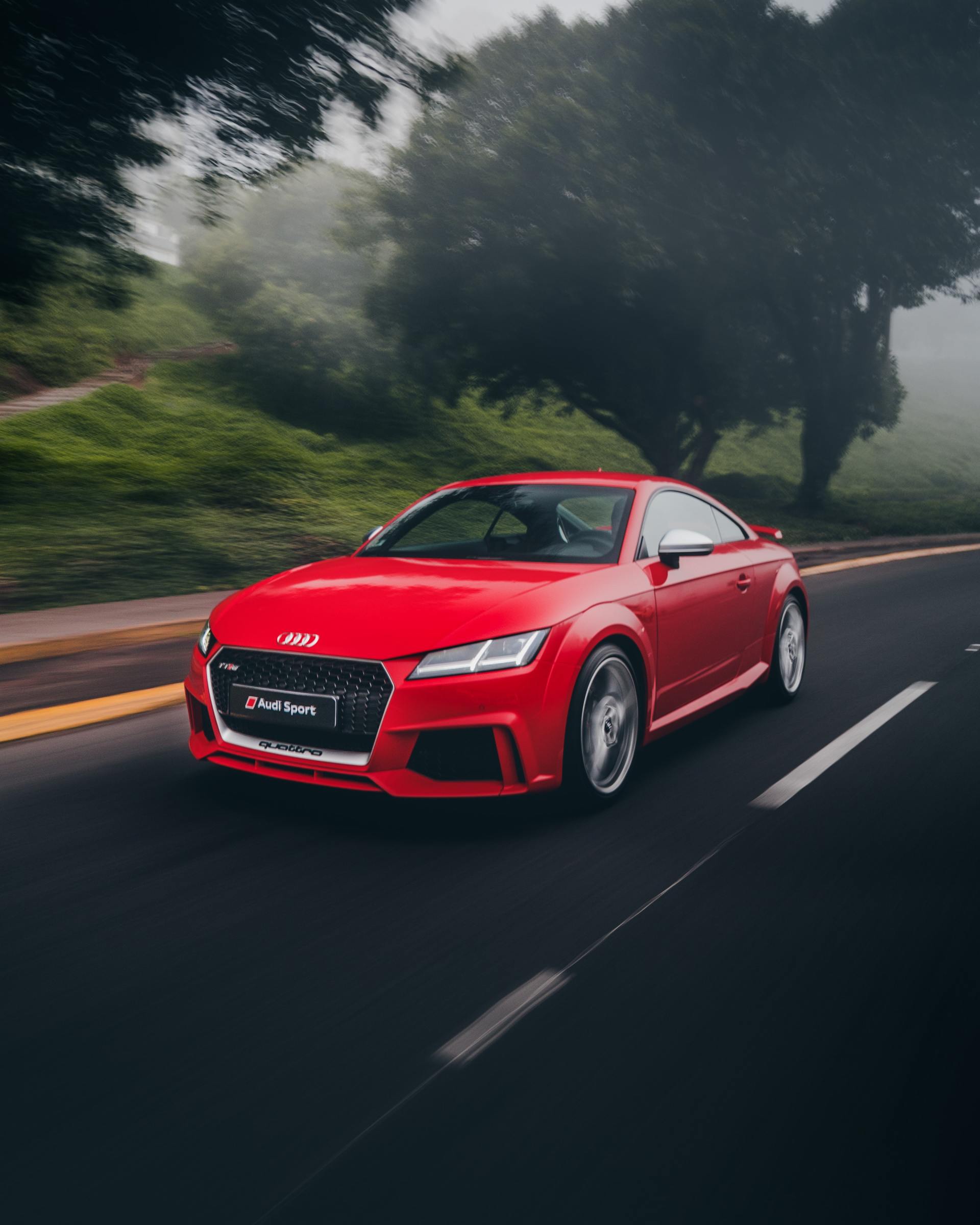
It’s Friday, the work week is winding down, and I feel like we’re on the last leg of a long trip home. We’re just getting the schedule set and folks are calling to change their appointment while new folks are calling to make new appointments. Cars are being towed to the garage, parts are being ordered, and our weekend plans are coming together. Such is our lives during the final weeks of preparing to open our new shop. It’s still very busy but we take that as encouragement to press on toward the prize, hoping that some day soon we’ll be busy with only auto repair for families that want an honest shop to work with. As I write this, our website structure is in place needing tweaks and instead of reviewing this thing I got distracted by this tool called a blog. I’ll have to keep going on site review now, but thanks to everyone in Clive, Grimes, Urbandale, West Des Moines, Johnston, Waukee, and many other families all around central Iowa for trusting us with your auto repair needs. Right now we’re working on troubleshooting a Honda Odyssey transmission problem; others have said “these transmissions are problem trannys and it looks like this one is failing.” I connected my diagnostic, checked codes, went for a test drive, and it’s looking like a much less significant wiring, connector, or speed sensor problem. Another family just called this morning with a Chrylser minivan that won’t shift above 1st or 2nd gear. We’ll check it out too and help if we can. A Malibu was towed to the garage today, it sounds like it will need an engine replaced. It’s been sitting awhile as the family waited to figure out how to handle this repair. I’ll check it out and confirm what’s needed. This family had a similar problem with a GMC Envoy and I replaced their engine in that 3 years ago; it’s still running strong and they’re pretty happy with the good used engine swap we did for them. Contact me with your repair needs, we’ll be happy to visit and help get your vehicle back on the road.

Axles have changed a lot over the years with new parts terminology like CV joints, boots, half-shafts, and torque steer. The cost of parts has also changed a lot since CV joints first came out. It’s now no longer cost effective for a full service shop to repair a CV joint on an axle since most axle assemblies can be purchased brand new or exchange for much less than the cost of parts and labor to overhaul an axle on our bench. This repair is usually pretty straightforward but you want to choose your repair shop carefully. Sometimes worn ball joints or tie rod ends are bad only because the protective boot was cut during other unrelated repair work. The cut allowed water and road salts to leak into the joint and rust it out causing the premature wear/failure. Trust Willard Garage to perform this repair carefully to protect the ball joints, bearings, transmission axle seals, brake lines, and other components that are touched during the replacement of an axle. We’re not the fastest shop, instead we take the time needed to avoid this collateral damage that causes worn components that show up weeks and months after these repairs.
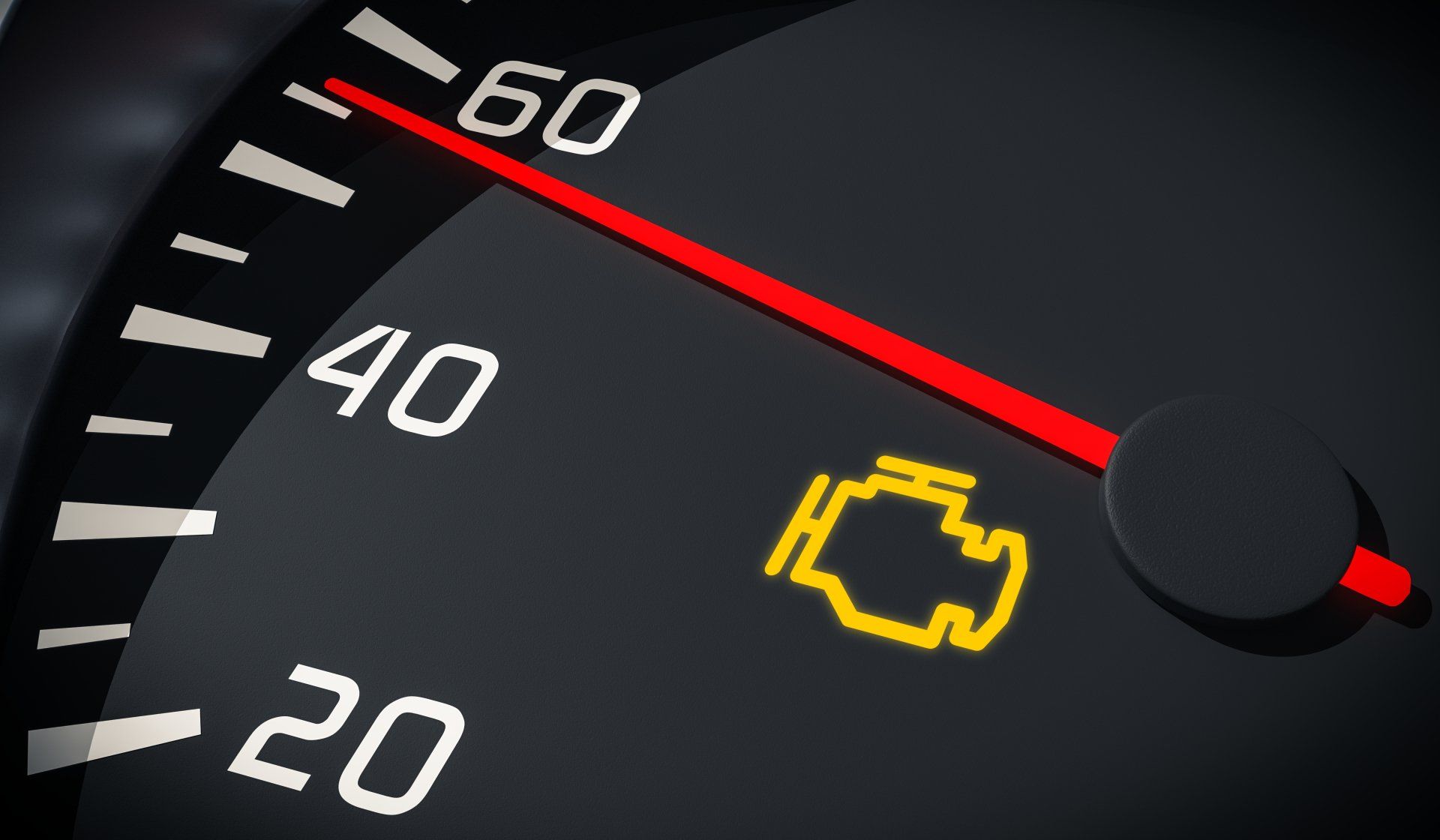
Check Engine. This warning is always unwelcomed and sometimes ignored by some car owners. You can trust Willard Garage to perform a complete diagnostic that pinpoints the best repair for the actual failure causing the code. There are hundreds of different codes that can cause this light to come on and for each code there are many possible root causes. Few codes will conclusively point to any particular component failure. In fact, while most codes report a parameter out of tolerance from a certain sensor, for troubleshooting purposes this fact is only a starting point in a proper diagnostic approach. In other words, just because a sensor’s data is out of tolerance doesn’t mean the sensor is bad. Engine coolant temp sensor problems can be one or more problems in these other areas: wiring, grounds, thermostat, computer, radiator, cooling fan, relays, head gasket, coolant level. Diagnostic processes at Willard Garage are a comprehensive approach to pursue the true root cause of the code, this takes time, but with our advanced diagnostic equipment it’s a more efficient process and we all avoid the wasted cost of replacing unnecessary parts that don’t repair the problem. Most parts stores have a service of reading codes for a check engine light and will happily sell you a part related to that sensor. Once in a while this works out and in those cases it’s a cost effective way of “diagnostic” for a DIY car owner. We will work with any situation and respect any and all previous efforts to pinpoint a problem. Just remember our thorough approach at Willard Garage, we combine our state-of-the-art diagnostic equipment with advanced technical training and common sense to find the root cause behind your check engine light and then perform the correct repair, the right way, the first time.

There are a few check engine codes that aren’t a serious concern. But you’ll never know this until you have at least a quick check to see what code has tripped the light. I’ve seen a few bad results from folks ignoring their Check Engine and I’ll admit that’s rare but it’s always best to stay on top of these warnings. You’ll want to remember some of the advantages of repairing problems behind our Check Engine lights are improved fuel economy, smoother operation and protecting the expensive catalytic converter that cleans your exhaust. Allow me to rant: do you ever notice, once in a while, a really stinky car in front of you while waiting at a red light; stinky exhaust that burns your nose? That situation could easily have started with an ignored Check Engine light due to some fuel management problem causing an over-rich condition. This killed their fuel economy and destroyed their catalytic converter by plugging it up. Finally when it wouldn’t run anymore they took it to a shop and was told the converter is plugged. Not wanting to pay for a new expensive converter, now they do the illegal repair of cutting it out, still not fixing the fuel management problem. So now their exhaust reeks, the fuel economy is still bad, and they think they have the world by the tail because they don’t have a catalytic converter on their car any more. When your check engine light comes on, bring it in to Willard Garage where we’ll tell you what’s happening and work with you to maintain your car the most cost effective way. As expensive as gas is and since deferred repairs never get cheaper with time, ignoring your check engine light will always cost you more in the end. Gives us a call or click here to request a diagnostic.
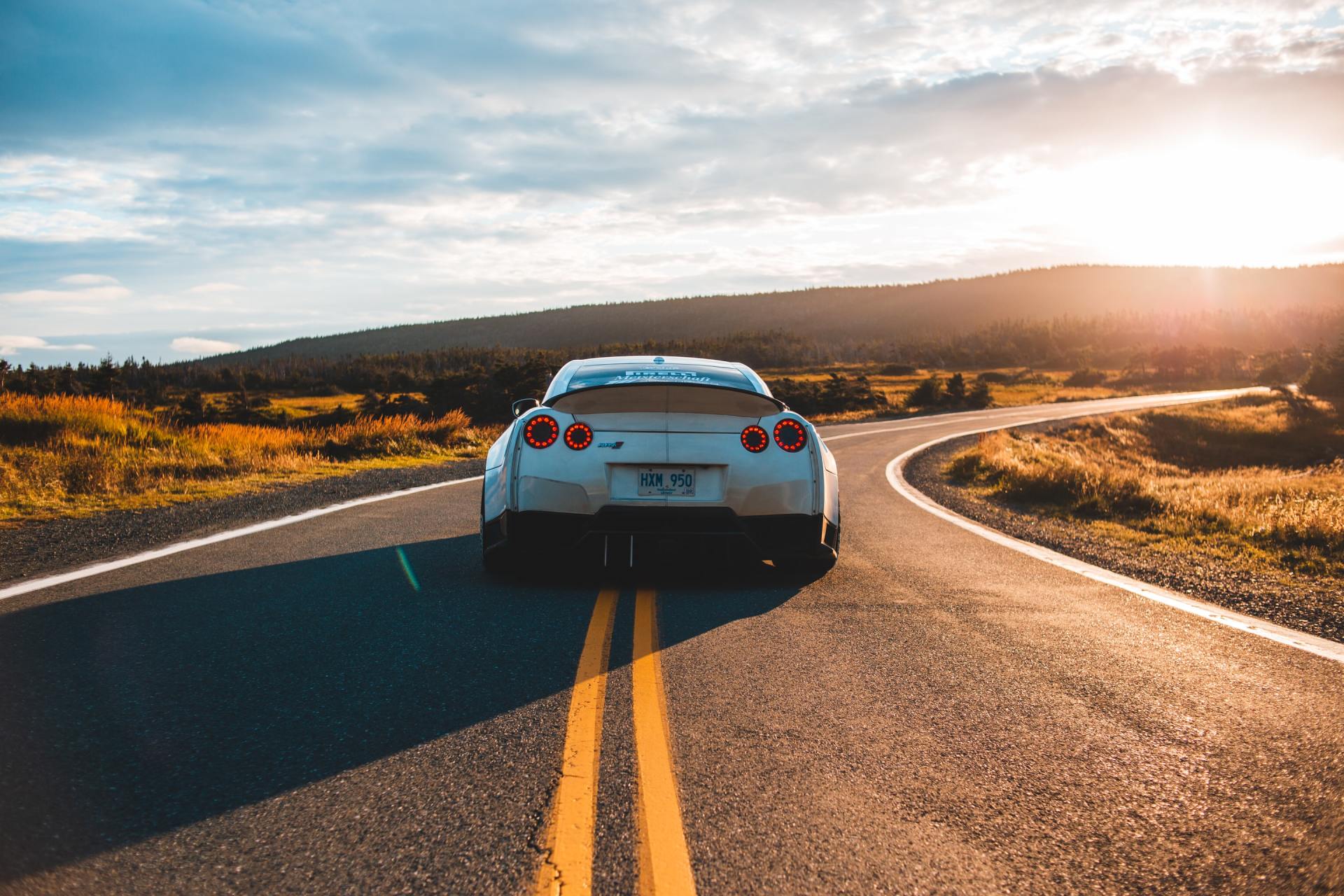
There are many items that just need to be serviced after a certain time period or number of miles in service. This is one area where we at Willard Garage will work with you to keep your car serviced and reliable for your family without just blindly guessing a service should be done just because we don’t have a record showing it was done previously. We usually trust the factory recommended service intervals and apply real-world experience when available to adjust the interval as needed. Most of the time this applies to the factory service schedule that says “Lifetime” fluid or service on a fluid or component. We believe this is impossible and most of the time just a marketing gimmick to get people to buy the car new and then when the transmission fails at 158,000 miles due to lack of service, 95% of the time it’s a different owner and the failure may have been prevented by regular fluid service. We still recommend regular service for all fluids and components when planning long-term maintenance of your cars. It doesn’t cost very much to perform a transmission fluid flush, it costs $1500-$6000 to replace a transmission. That’s a great example of an ounce of prevention being equal to a pound of cure. Service items you can expect to see in your cars schedule: Spark Plugs, Timing Belt, Filters, PCV valve, accessory (serpentine/fan) belts, tune-up. Flushes of these system/fluids: transmission, brakes, power steering, coolant/anti-freeze. Drain and fill of these system/fluids: differential/axle carriers, transfer case, gear box. Cleaning of these components/sensor: mass air flow sensor, idle air control valve, throttle body. Service Schedules: At Willard Garage, we can put together a complete schedule that includes each item that applies to your vehicle. It’s easier to understand and includes the current status of each item and when it is due next. With consistent service in our shop you’ll always know what’s been done already, what’s coming up, and you can plan ahead with your budgeting for items coming up soon. On request we can even print a report that shows all of this detail at-a-glance on a single page. Ask for our customized Willard Garage Maintenance Planning service for each of your vehicles.
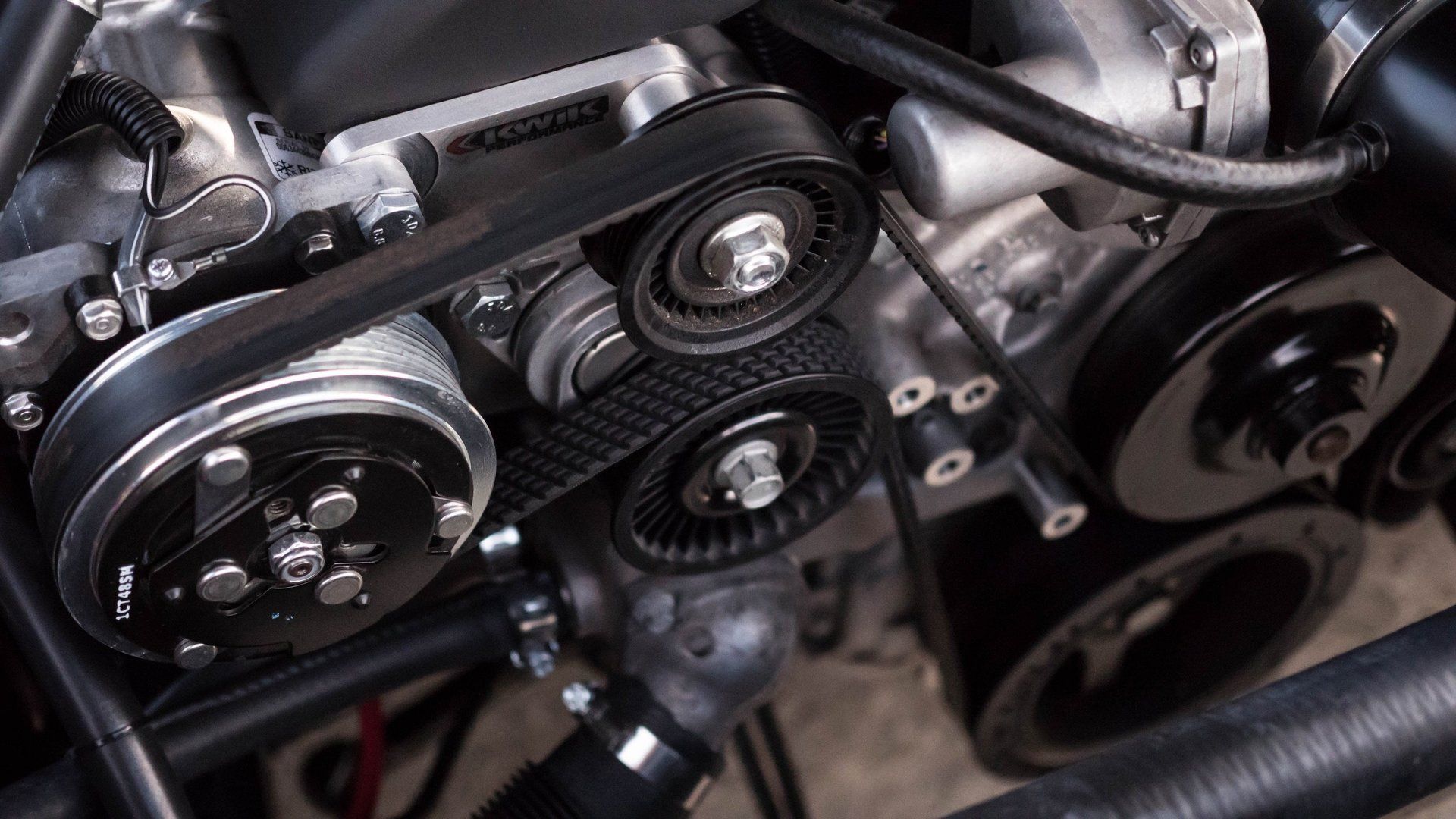
This is a fun one to pin down and describe when asked to perform a tuneup. This service has changed so much since the mid-seventies when points, condensers, distributors, distributors caps/rotors, and plug wires were standard but have now been replaced by computerized coil-over-plug ignition systems and electronically control fuel injection. Today, a tune-up will be a specific recipe or mix of the some of the service items mentioned above as applicable to your specific car and how it’s designed. There are so many different types of ignition, fuel delivery, and other systems variation used in cars that it really depends on the make and model. Many times we see car owners wait until there’s a driveability issue before they ask for a tune-up, usually they could have saved with improved fuel economy by requesting this service sooner. So if your car is running good or starting to act up, it’s never too soon to ask for a tune-up; we always start with assessing the current condition, checking the status of all scheduled service items, checking some of the cars vitals with our diagnostic computer, and then recommending what if anything should be addressed. Call us today to discuss your next tune-up or click here to request an appointment.
